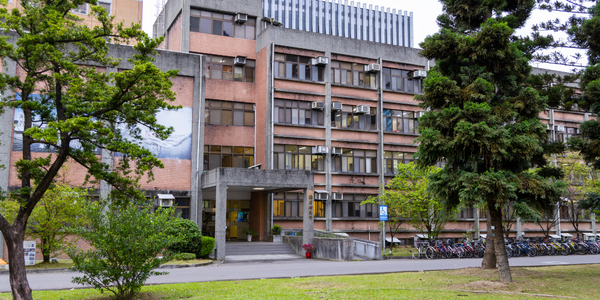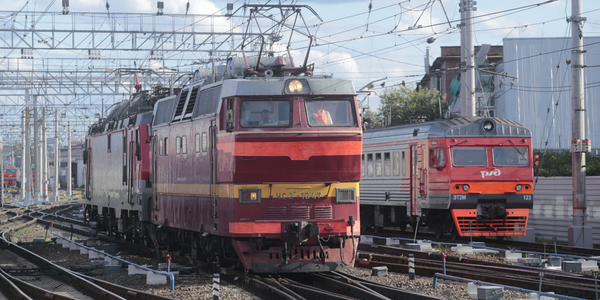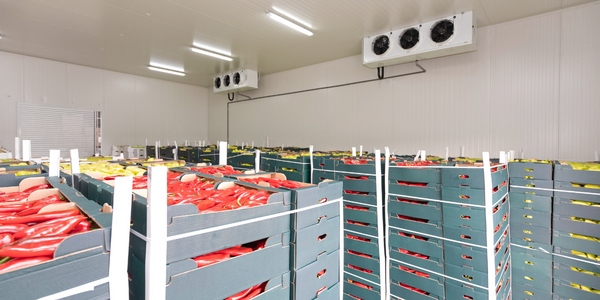Customer Company Size
Large Corporate
Country
- Worldwide
Product
- Benchmark Sustainability™ platform
Tech Stack
- Data Analytics
- Data Visualization
Implementation Scale
- Enterprise-wide Deployment
Impact Metrics
- Environmental Impact Reduction
- Digital Expertise
- Innovation Output
Technology Category
- Analytics & Modeling - Data-as-a-Service
Applicable Industries
- Buildings
- Transportation
Applicable Functions
- Business Operation
- Quality Assurance
Use Cases
- Energy Management System
Services
- Data Science Services
- System Integration
About The Customer
The customer is a global industrial manufacturing conglomerate and sustainability innovator. The company operates over 700 facilities worldwide and employs over 37,000 people. The organization is a global climate innovator, bringing efficient and sustainable climate solutions to buildings, homes, and transportation. As part of its bold commitments for ESG and sustainability improvements, the company is working to become carbon neutral by 2030. The company's suppliers amount to $12.4 billion (USD).
The Challenge
The organization operates as a global climate innovator, bringing efficient and sustainable climate solutions to buildings, homes, and transportation. As part of its bold commitments for ESG and sustainability improvements, the company is working to become carbon neutral by 2030, taking actions to reduce Scope 1 and Scope 2 emissions from its manufacturing operations, warehouses, distribution centers, service centers, research and design labs, offices, and service fleet. The organization recognized, however, that to reach carbon neutral, it would need to reduce its market-based Scope 2 emissions for purchased electricity and to invest in Renewable Energy Credits (RECs) for the solution. A digital solution was needed to address routine operational sustainability data collection and monitoring, consolidated tracking and allocation of RECs to individual sites, calculation of adjusted Scope 2 emissions using market-based factors and REC allocations, and data quality, transparency, and reporting for external assurance.
The Solution
The organization partnered with Benchmark ESG to launch a digital solution that offered collaborative development for configurable and scalable solutions, automated calculation of company sustainability metrics for emissions, resource consumption, and energy usage, expanded emissions factor library including market-based and location-based calculations, and integrated reporting with data analytics and visualizations. The Benchmark Sustainability™ platform offers a comprehensive digital solutions package to manage the company's carbon reduction strategies and create visibility on its progress towards targets. The platform allows the company to track its energy/resource footprint and analyze data to measure progress toward goals and ESG disclosure reporting. It also enables the company to track and allocate RECs and other carbon credits to reduce site emissions. The platform also helps the company to identify site-specific energy & reduction opportunities and leverage built-in calculators to estimate savings. It also allows the company to view and analyze data using interactive reports and dashboards for a customized view of its sustainability footprint.
Operational Impact
Quantitative Benefit

Case Study missing?
Start adding your own!
Register with your work email and create a new case study profile for your business.
Related Case Studies.

Case Study
Energy Saving & Power Monitoring System
Recently a university in Taiwan was experiencing dramatic power usage increases due to its growing number of campus buildings and students. Aiming to analyze their power consumption and increase their power efficiency across 52 buildings, the university wanted to build a power management system utilizing web-based hardware and software. With these goals in mind, they contacted Advantech to help them develop their system and provide them with the means to save energy in the years to come.

Case Study
Airport SCADA Systems Improve Service Levels
Modern airports are one of the busiest environments on Earth and rely on process automation equipment to ensure service operators achieve their KPIs. Increasingly airport SCADA systems are being used to control all aspects of the operation and associated facilities. This is because unplanned system downtime can cost dearly, both in terms of reduced revenues and the associated loss of customer satisfaction due to inevitable travel inconvenience and disruption.

Case Study
IoT-based Fleet Intelligence Innovation
Speed to market is precious for DRVR, a rapidly growing start-up company. With a business model dependent on reliable mobile data, managers were spending their lives trying to negotiate data roaming deals with mobile network operators in different countries. And, even then, service quality was a constant concern.

Case Study
Digitize Railway with Deutsche Bahn
To reduce maintenance costs and delay-causing failures for Deutsche Bahn. They need manual measurements by a position measurement system based on custom-made MEMS sensor clusters, which allow autonomous and continuous monitoring with wireless data transmission and long battery. They were looking for data pre-processing solution in the sensor and machine learning algorithms in the cloud so as to detect critical wear.

Case Study
Cold Chain Transportation and Refrigerated Fleet Management System
1) Create a digital connected transportation solution to retrofit cold chain trailers with real-time tracking and controls. 2) Prevent multi-million dollar losses due to theft or spoilage. 3) Deliver a digital chain-of-custody solution for door to door load monitoring and security. 4) Provide a trusted multi-fleet solution in a single application with granular data and access controls.

Case Study
Intelligent Building Automation System and Energy Saving Solution
One of the most difficult problems facing the world is conserving energy in buildings. However, it is not easy to have a cost-effective solution to reduce energy usage in a building. One solution for saving energy is to implement an intelligent building automation system (BAS) which can be controlled according to its schedule. In Indonesia a large university with a five floor building and 22 classrooms wanted to save the amount of energy being used.







